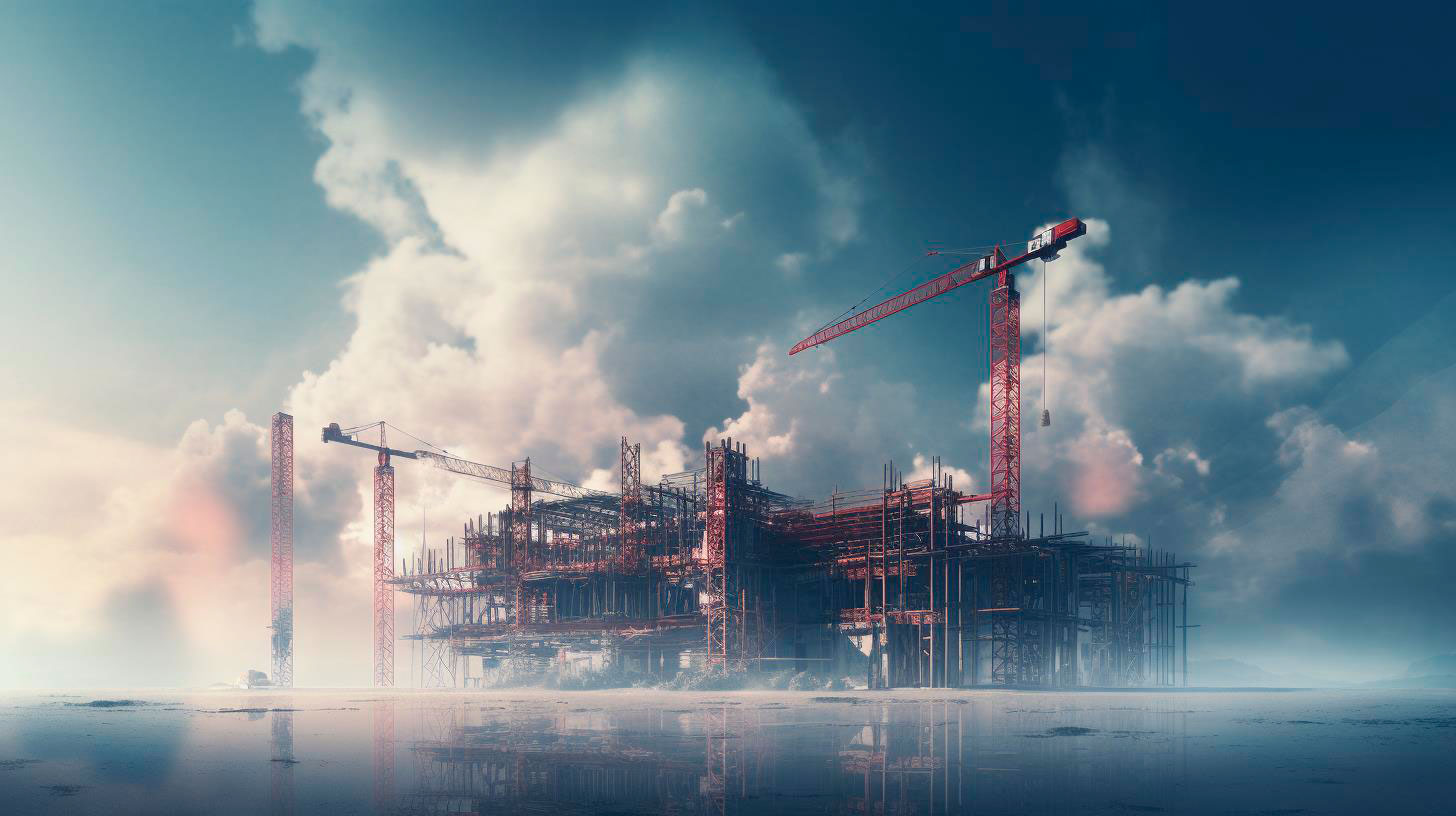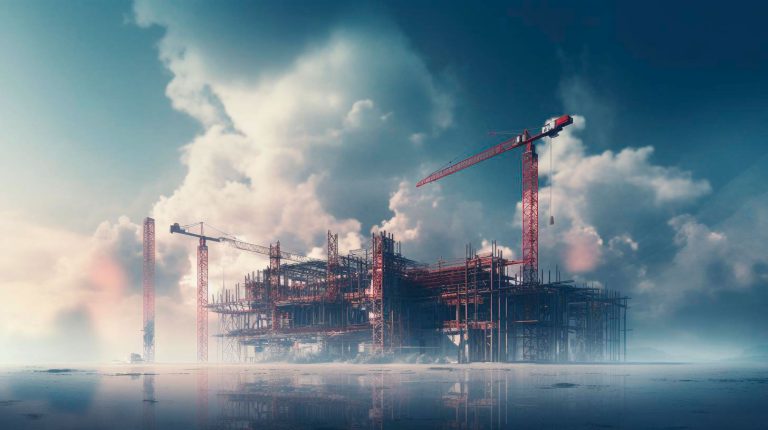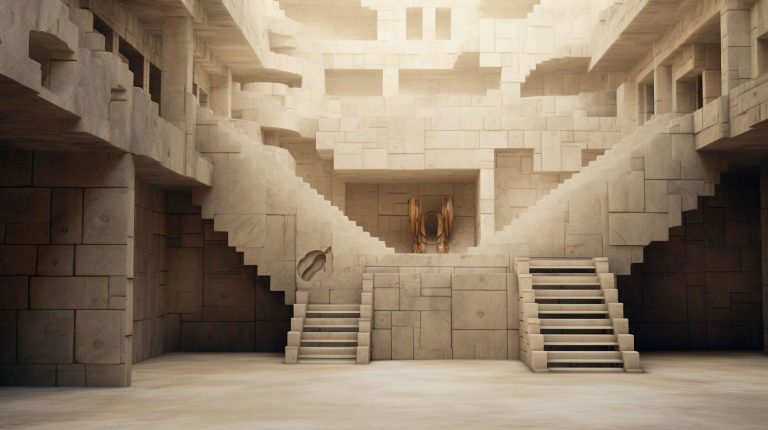To overcome this hurdle, photographers can turn to innovative solutions offered by Skyglow filters and light pollution reduction techniques. In this article, we will explore the impact of light pollution on astrophotography and how Skyglow solutions can help mitigate these issues.
The Detrimental Effects of Light Pollution
Light pollution is the excessive or misdirected artificial lighting that brightens the night sky. It is primarily caused by urban development, streetlights, and industrial lighting. This phenomenon has significant negative consequences for both our view and the ecological balance of the night sky. Let’s delve into some key points on the detrimental effects of light pollution:
- Reduced visibility of stars and celestial objects
- Impaired observation of astronomical events
- Disrupted animal behavior and ecosystems
- Increased energy consumption and greenhouse gas emissions
Introducing Skyglow Filters
Skyglow filters are specifically designed to address the challenges associated with light pollution. These high-quality filters selectively block out the unwanted wavelengths of light emitted by artificial sources, allowing only the light emitted by celestial objects to pass through. Here are the standout features and advantages of using Skyglow filters:
- Advanced light-blocking technology tailored for astrophotography
- Minimized light pollution for enhanced visibility of stars and celestial objects
- Preserved color balance and contrast in astrophotographs
- Compatibility with various types of cameras and telescopes
By utilizing these filters, astrophotographers can capture clear and vivid images of the night sky while minimizing the adverse effects of light pollution, leading to breathtaking results.
Light Pollution Reduction Techniques
In addition to using Skyglow filters, astrophotographers can implement various techniques to reduce the impact of light pollution on their images. These techniques include:
- Choosing optimal shooting locations away from urban areas
- Utilizing special software for post-processing to remove light pollution artifacts
- Employing narrowband filters to isolate specific wavelengths emitted by celestial objects
- Using stacking techniques to combine multiple images and reduce noise caused by light pollution
By implementing a combination of these techniques alongside Skyglow filters, astrophotographers can greatly improve the quality of their images and capture stunning views of the night sky.
Conclusion: Embrace the Beauty of the Night Sky
Light pollution poses a significant challenge for astrophotographers, hindering their ability to capture the true beauty of the night sky. However, with the innovative solutions provided by Skyglow filters and various light pollution reduction techniques, photographers can overcome this obstacle and take awe-inspiring images of the celestial realm. By embracing these technologies and techniques, photographers can minimize the negative impact of light pollution, regain the lost natural beauty of the night sky, and inspire others to appreciate the wonders of the universe.
So, whether you are an experienced astrophotographer or just starting out on this captivating journey, make sure to equip yourself with the right tools and knowledge to mitigate light pollution effectively. Unleash your creativity, explore the depths of the universe, and capture mesmerizing photographs that will leave a lasting impression.



















+ There are no comments
Add yours